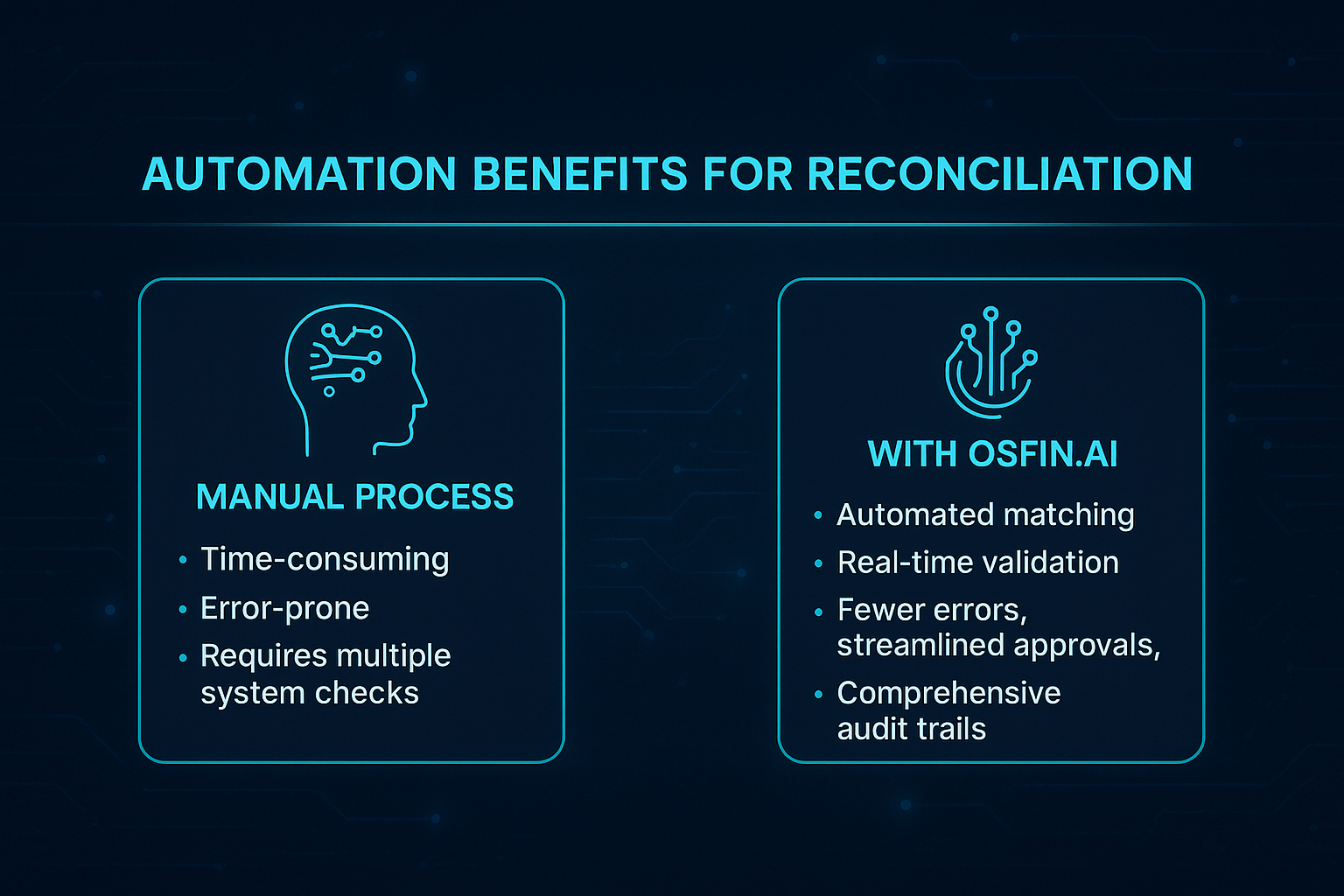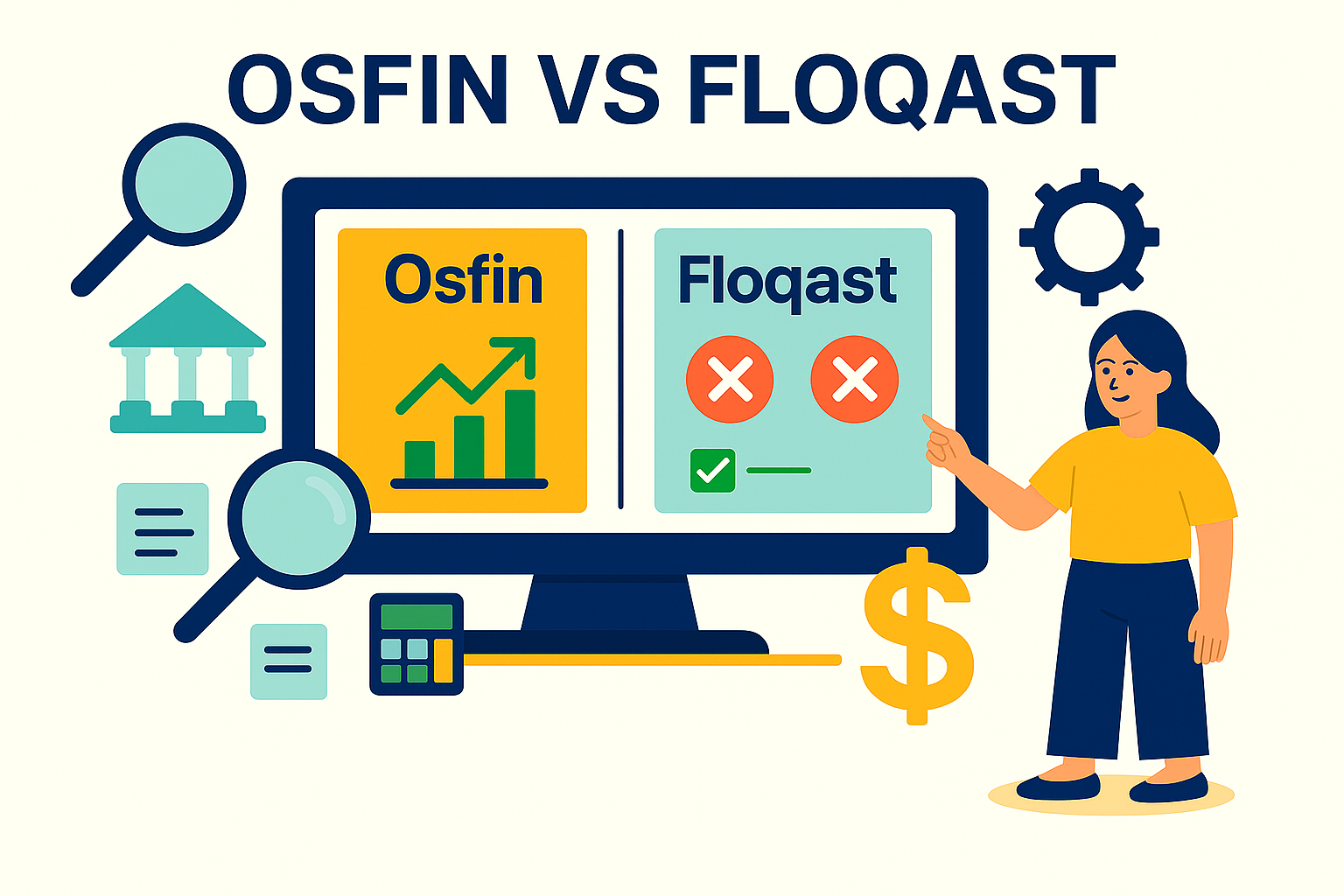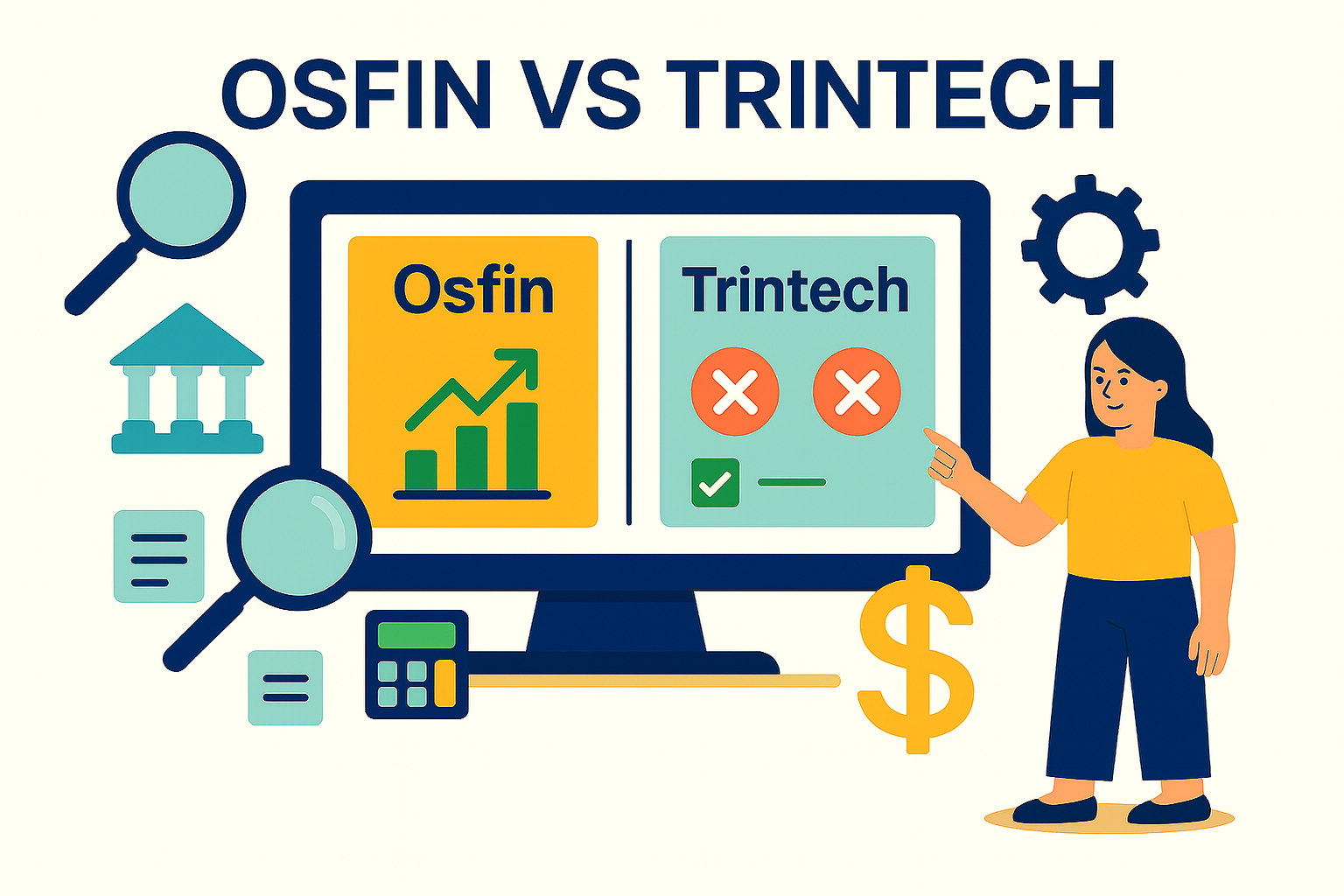General Ledger Reconciliation vs Bank Reconciliation: What Finance Leaders Need to Know
Reconciliation is the word of the hour in the world of finance. It is a critical process for the financial integrity of your business.
Two of the most important types of reconciliation every finance leader should understand are general ledger reconciliation and bank reconciliation. While they are related, these two processes serve different purposes and involve distinct activities. It is helpful to know the minutiae of differences between general ledger reconciliation vs bank reconciliation.
In this article, we'll break down what each process is, highlight their key differences, explain why they matter for you in particular, and share tips to streamline your financial functions. Let's get started.
What this blog covers:
- What general ledger reconciliation means: definition and purpose
- What bank reconciliation means: definition and purpose
- Key differences between general ledger reconciliation and bank reconciliation
- How bank reconciliation is a subset of general ledger reconciliation
- Common sources of discrepancies (timing differences, data errors, bank fees)
- Best practices and internal controls to follow for both types of reconciliation
- How automation and tools (like Osfin) can streamline reconciliation across ledgers and bank statements
- Use cases: when to emphasize GL reconciliation vs bank-level reconciliation
- Frequently asked questions about general ledger reconciliation vs bank reconciliation
What is General Ledger Reconciliation?
Let us start by defining the general ledger. It is a physical or digital record of all the financial activities and transactions of your business. These include all assets, liabilities, equity, income, and expenses.
Following this, general ledger reconciliation, or GL reconciliation, is the process that verifies that the transactions recorded in the general ledger are accurate. Reconciliation itself involves matching records, hence GL reconciliation compares ledger account balances against invoices, receipts, sub-ledgers, and other relevant documents. If discrepancies are found, as they often are, such as missing transactions or duplicate entries, they are investigated and corrected through adjusting journal entries.
In the end, GL reconciliation ensures that the financial statements produced from the general ledger are reliable, compliant with accounting standards, and reflective of the true financial position of your business.
Understanding general ledger reconciliation sets the stage for exploring its counterpart, bank reconciliation, which has a more specific focus.

What is Bank Reconciliation?
Bank reconciliation is another type of reconciliation. When conducting a bank reconciliation, your financial team compares the cash balance in the general ledger's cash account to the ending balance on the bank statement. This is done with the aim of finding the true cash balance, and the foundation of the process remains the same: matching records and ensuring financial accuracy.
There are some hurdles in conducting an accurate bank reconciliation, but overall, it confirms the accuracy of cash transactions. A solid bank reconciliation will help detect errors or potential fraud and ensure that your company has a clear picture of its available cash at any given time. As a business owner, this clarity is of paramount importance.
When viewed in the context of general ledger reconciliation vs bank reconciliation, bank reconciliation plays a more focused role by narrowing in on cash position and liquidity. In the next section, we will look at the differences more closely.

{{banner1}}
Key Differences Between General Ledger and Bank Reconciliation
With both reconciliation types defined, it is important to know that they serve different purposes and operate in distinct scopes. Let us look at a comparison table to highlight their key differences.
Recognizing these differences helps finance leaders prioritize and manage reconciliation activities effectively.
{{banner1.1}}
Why Should Finance Leaders Care?
When the fieldwork is being taken care of by finance teams, why should finance leaders care about minuscule details of reconciliation? This is a natural question with a consequential answer.
For finance leaders, the accuracy and reliability of financial data underpin every strategic decision. Having access to the right data brings natural confidence to the decisions you make for your business and its financial activities. Both general ledger and bank reconciliations are critical for ensuring this confidence.
General ledger reconciliation safeguards the integrity of your financial records and supports trustworthy reporting to investors, regulators, and stakeholders. Bank reconciliation provides a precise understanding of cash availability and helps prevent costly overdrafts, fraud, or misstatements.
Together, these processes improve transparency, reduce errors, and support audit readiness, all crucial in maintaining your company's financial health. Further, it builds trust with your shareholders, all the more making a case for the importance of good reconciliation processes.
Now, with their importance in mind, let us look at ways to make these reconciliation processes more efficient.
{{banner2}}
How to Streamline Both Reconciliation Processes?
If you are already on top of the reconciliation game, you are aware that manual reconciliation can be time-consuming, error-prone, and resource-intensive.
However, modern accounting software and automation tools have made streamlining these processes both possible and practical. This is true for all businesses, from small ones to those handling large transaction volumes or operating across multiple entities. In this technological market, you are bound to find an automation tool offering features that fit your needs exactly.
To streamline both general ledger and bank reconciliation for your business, consider choosing an all-in-one automation platform like Osfin.ai. With tools like this, reconciliation can become a breezy process. Consider the myriads of ways in which they can help:
1. Automated Matching: Automation software solutions can instantly match transactions between bank statements and the general ledger. They do this using configurable rules and AI-powered technology.
2. Real-Time Updates: Direct bank feeds and API integrations ensure your cash account balances in the general ledger are always current, giving both you and your finance team a real-time picture of your finances.
3. Error Detection: AI-powered tools flag anomalies such as duplicate entries or suspicious transaction patterns that might turn out to be fraud. When using the right automation software, like Osfin.ai, you will be capable of preventing downstream financial inaccuracies.
4. Integrated Reporting: A good reconciliation automation software will generally offer a centralized dashboard. This will provide a consolidated, real-time view of reconciliation status across all accounts, business units, or regions.
5. Audit Trails: The reconciliation system can track every reconciliation step by creating timestamped documentation. This auditable trail will be very useful for internal controls and regulatory compliance.
Using modern technology in the right capacity, at the right places, is the key to transforming reconciliation for your business. As a financial leader, you will notice the transition from a tedious and long to a speedy and accurate reconciliation process. Osfin.ai is at the forefront of this technological race, and with good reason.

How Can Osfin Transform Your Reconciliation?
Osfin is a purpose-built platform engineered to automate and streamline complex reconciliation workflows. For finance leaders across business sizes and types, Osfin has all your bases covered. Designed for high-volume, high-complexity financial operations, Osfin can seamlessly connect with your ERP, banking platforms, and other data sources. Among its many features suited for financial process automation needs are the following:
1. AI-Powered Transaction Matching
Osfin's intelligent matching engine detects even the most complex patterns in datasets with diverse data formats. It is responsible for Osfin's 100% auto-reconciliation accuracy.
2. Automated, Real-Time Data Integration
With 170+ pre-built connectors, Osfin continuously syncs data across banks, gateways, and systems. Your business always remains connected with the data sources.
3. Configurable Scalability
Whether you're reconciling payments, loans, or intercompany transactions, Osfin adapts to your unique processes and scales effortlessly as your data volume grows,
4. Complete Visibility and Control
Osfin offers real-time dashboards and audit trails. These give your team full transparency over every transaction, keeping you compliant and in control of your business's financial standing.
5. Accelerated Close Cycles
By automating the entire reconciliation process, Osfin shortens month-end close timelines significantly.
6. Lean, High-Performing Finance Operations
Lastly, and most importantly, automation will reduce the manual overhead and its associated risks for your team, letting them focus on strategic initiatives instead.
With Osfin, you can move faster, reduce errors, and reclaim your time.
{{banner3}}
FAQS
1. Can bank reconciliation be part of general ledger reconciliation?
Yes, bank reconciliation can be considered a subset of general ledger reconciliation. The key difference is that while general ledger reconciliation involves verifying and matching balances across all accounts in the general ledger to ensure accuracy, bank reconciliation focuses specifically on reconciling cash and bank account transactions.
2. How often should these reconciliations be done?
How often reconciliation should be conducted depends on your organization's size, the volume of transaction data, and regulatory requirements (which can change depending on the type of your business). Bank reconciliations are typically performed monthly; however, if you have a business with high transaction volumes, you should perform bank reconciliations daily.
3. What happens if discrepancies are found during reconciliation?
When conducting reconciliation, discrepancies can be found in between records. For your finance team, this means a thorough investigation to identify the cause. Perhaps it is a duplicate record or a missing data point from a ledger. Following this, adjusting journal entries or communicating with the bank or vendors are steps taken to resolve them.
4. Can reconciliation processes be automated?
Yes. Automation in reconciliation leverages advanced software tools that can automatically match transactions between internal records and external statements. Many modern finance platforms, like Osfin.ai, can help automate each step of the way.
5. Why is reconciliation important for audits?
Audit readiness is important for any financial institution or business. Reconciliations create audit trails and a comprehensive coverage of your company's financial data, which can lead to smoother audits. Additionally, they are a safety net against regulatory penalties.


